Acoustic guitar-cutaway or dreadnought, which is more suitable for you?
Many beginners or even performer always think about this: Cutaway and non-cutaway: Which guitar is right for me? Should I buy a guitar with or without a cutaway? I want to play the higher notes as well. Will I be able to play higher notes with a non-cutaway? What are the advantages and disadvantages
Actually, whether you go for an acoustic guitar with a cutaway or a non-cutaway guitar will depend on a few things. There are advantages and disadvantages to both. What you go with will depend on a couple of things. Like, how much you need to reach the upper frets; Your tone preferences ; What you use your guitar for ?
The non-cutaway are the folk styles that have been inherited from the design of classical guitars. In some theories, the resonance is better than the cutaway, but there is no obvious difference in the actual performance. Its design disadvantage is that it is difficult to play with fingers under the 14th fret. The cutaway are designed to have a wider range and are similar to electric guitars, making them suitable for high-quality performances. Many brands have installed electric devices directly in the corners of the ballads, making it easier to stage performances.
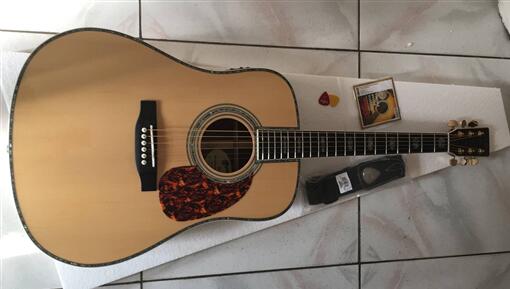
Features in details between these 2 kinds of guitar:
1 Shape: The non-cutaway shape curve is complete, with the classical beauty of sexy girls. The shape of the cutaway is modern and has a rock and pop feel.
2 Voice: In theory, the non-cutaway resonance chamber is complete and the tone is fuller. The cutaways are slightly inferior, and the actual low-end guitars are slightly different in hearing.
3 Performance: Fingerstyle musicians more choose the non-cutaway guitars, some solo performances for folk-style musicians always choose cutaway guitars .
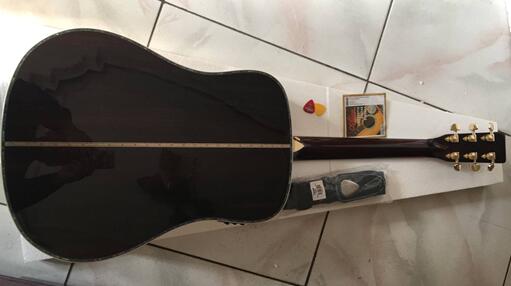
The difference in playing style:
1. Acoustic guitar, the cutaway guitars, used to play, or play the lead.
The fingerboard of the guitar is narrow. It is easy to play a high-quality lead because of the lack of a corner. The tone can be brighter.
2. Classical guitar with rounded corners. Fingerboard is wider. Used for solo. The sound can be softer.
3. I suggest you use an acoustic guitar. Because you can play the lead.
The benefits of non-cutaway guitars:
Advantages: 1. The sound is full and the penetration is strong.
Disadvantages: 1. When the position below the 12th fret ,the hand is not good enough
(but in general, there is very little to learn to play at there for beginners.)
Cutaway guitar benefits:
Advantages: It is easy to play at the 12th fret.
Disadvantages: The tone is less than the non-cutaway guitars.
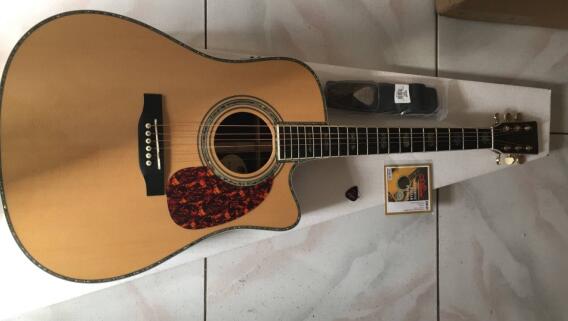
What is the differences between non-cutaway guitars and cutaway-guitars ?
1. The non-cutaway guitar is more suitable for the classical style playing, and the cutaway guitar is more suitable for the modern style playing.
2.Because of the resonance box is complete of the non-cutaway guitars, the sound should be better than the cutaway guitars. But the cutaway guitar can be used to play high-pitched syllables, solo will play better.
3. The shape of the cutaway guitar looks good, but in theory, the corner of the guitar resonance box is not complete, the sound is not good with non-cutaway guitar.
4. The cutaway playing is generally a solo in the folk songs, and the full-cornered is the accompaniment in the folk songs. (The cutaway guitar is easy to play solo under 12th fret ).
5, The cutaway guitar is generally used for solo, because the corner is missing, the hand can reach the final fret. The rounded-corner are generally used for accompaniment, because the rounded corners, the hand can not reach the last few frets.
6.Because the design of the rounded-corner non-cutaway guitar is suitable for “inclined” (sitting position) holding the guitar. The design of the cutaway guitar is suitable for (standing) “cross-back” holding the guitar. When the guitar is held in a “cross-back” style, the distance between the hand and the body of the string is increased. The lack of cutaway guitar design is good for the hand to be able to make high-pitched sounds, especially for the modern practice, the high-pitched cymbals and chords.
7.The design of the cutaway guitar is only for the needs of different styles of performance, it is convenient to play under the 14th fret.
8.If you play more solo, then choose the corner, if there are more accompaniment, then choose the non-cutaway guitar, this depends on the direction you want to develop.
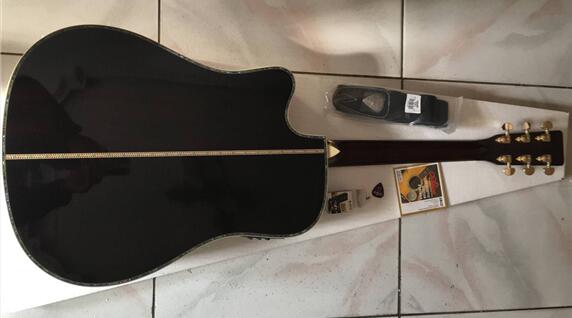
Which Guitar should You Choose?
That all depends on what you are using the guitar for. If you never play in the upper frets and don’t think you will be any time soon – then you’ll need to think about whether you would prefer the sound of a cutaway or a non-cutaway. If you play on stage a lot and barely play unplugged then a cutaway is probably your best option. Even if you don’t access the upper frets that often or at all. Going for a cutaway will give you more options for a guitar with on board electronics. If you do want to play unplugged sometimes but also want to play plugged in then you’ll need to consider the sound you prefer when your guitar is unplugged. If you prefer the non-cutaway sound then you will want to look for a non-cutaway with electronics. If you can’t find one that you like you can always have electronics installed (but it will be an extra cost).
Both guitar are better whatever you go for. I hope this has helped you to decide whether a cutaway or a non-cutaway guitar is right for you.
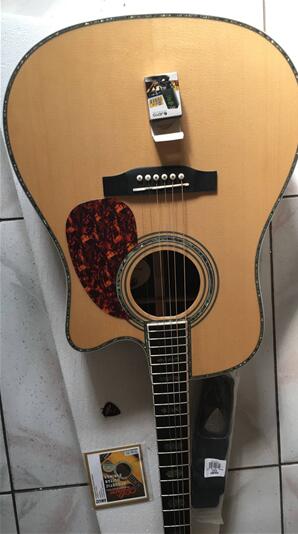
Leave a Reply
You must be logged in to post a comment.